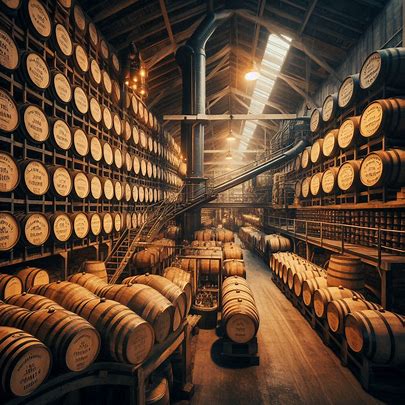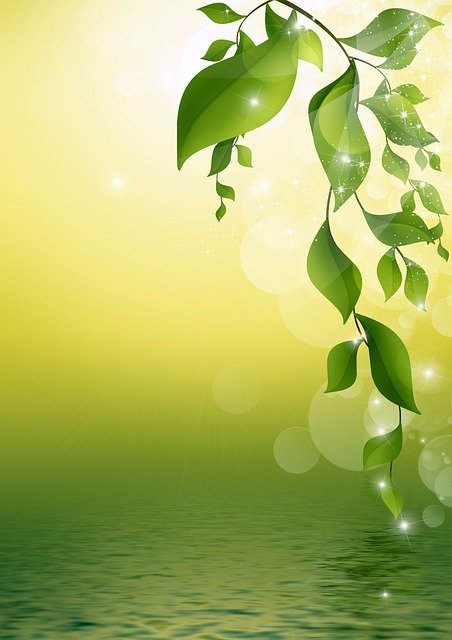The Carbon Footprint of Booze: From Distillation to Delivery

Producing a single bottle of whiskey involves more than just aging grains in oak barrels. It also carries an environmental cost that many consumers overlook. From farming to distillation, packaging to transportation, every step in the whiskey-making process leaves a carbon footprint. Understanding that footprint is key to making more sustainable choices when enjoying your favorite drink.
One bottle that stands out for both heritage and craft is Buffalo Trace Kentucky Straight Bourbon. For those looking to buy Buffalo Trace, it’s not just about flavor, it’s also about understanding the path the whiskey takes before it lands on your shelf. Let’s walk through that journey from grain to glass and learn how we can help the planet along the way.
Step 1: Grain Farming and Harvesting
It all begins with grains—corn, rye, barley—grown across large agricultural lands. These crops require water, energy for machinery, and sometimes chemical fertilizers and pesticides. Each of these inputs adds carbon emissions into the mix. Sustainable farms that use organic practices or rotate crops wisely can lower these emissions, but many large-scale suppliers are still catching up.
Grain transport is another factor. Hauling tons of corn or rye across state lines by truck or train burns fossil fuels. Choosing distilleries that source grains locally can help reduce that carbon burden significantly.
Step 2: Distillation and Energy Use
The distillation process itself is energy-intensive. Heating the mash to separate alcohol from water demands large amounts of electricity or gas. Facilities that use renewable energy sources or have implemented efficient systems do better on this front.
Buffalo Trace Distillery, the brand behind the featured bourbon, has made efforts in this area. According to reports, they’ve adopted recycling programs, waste reduction strategies, and some energy-saving practices. Though improvements continue, customers who support brands making these efforts are already voting for greener choices with their wallets.
Step 3: Aging and Storage
After distillation, whiskey is aged in wooden barrels—often for years. This process may seem carbon-neutral, but barrel production requires logging, transporting oak, and energy for manufacturing. Storing whiskey also demands large warehouses, often climate-controlled, which can consume significant electricity.
Yet, aging in wood also absorbs some carbon naturally. It’s a small offset, but it helps. Some distilleries are now sourcing wood sustainably or repurposing barrels, which adds another layer of eco-responsibility.
Step 4: Bottling and Packaging
Buffalo Trace’s 750ml bottle, like many premium whiskeys, is packaged in thick glass. Glass is recyclable, but it’s also energy-heavy to produce and transport due to its weight. Labels, caps, and secondary packaging (like boxes or cases) all add to the environmental impact.
Brands and retailers that skip unnecessary packaging or use recycled materials contribute to lowering emissions. As a buyer, you can also reuse the bottles for DIY projects—think candle holders, vases, or even water bottles for plants.
Step 5: Distribution and Delivery
Once bottled, the whiskey travels from the distillery to warehouses, then to retailers or directly to consumers. Online liquor stores like The Barrel Reserve make shopping easy, but it’s worth asking how the delivery happens. Air shipping has the highest carbon cost. Ground shipping is better, especially when routes are optimized.
Buying in larger quantities, like 3- or 6-bottle bundles offered on The Barrel Reserve site, reduces the number of deliveries and packaging waste. That small change in buying habit can cut emissions over time.
How You Can Make a Difference
There are several ways to enjoy whiskey more sustainably:
- Support distilleries with environmental certifications or published sustainability goals.
- Buy locally made products to cut transport emissions.
- Recycle or repurpose your bottles.
- Choose retailers that offer eco-conscious shipping options or bulk deals.
Whiskey might be a personal indulgence, but how we choose to buy and consume it affects more than just our taste buds. Every step in the journey—from the farm to your doorstep—contributes to the bottle’s carbon footprint. Knowing that helps you sip more responsibly.
Final Thoughts
The next time you raise a glass, think about the story behind it. From the rich aroma of vanilla and oak to the glass bottle it’s poured from, each element has a history and an impact. By staying informed and making smarter choices, whiskey lovers can enjoy their favorite spirits while showing some love for the environment too.

